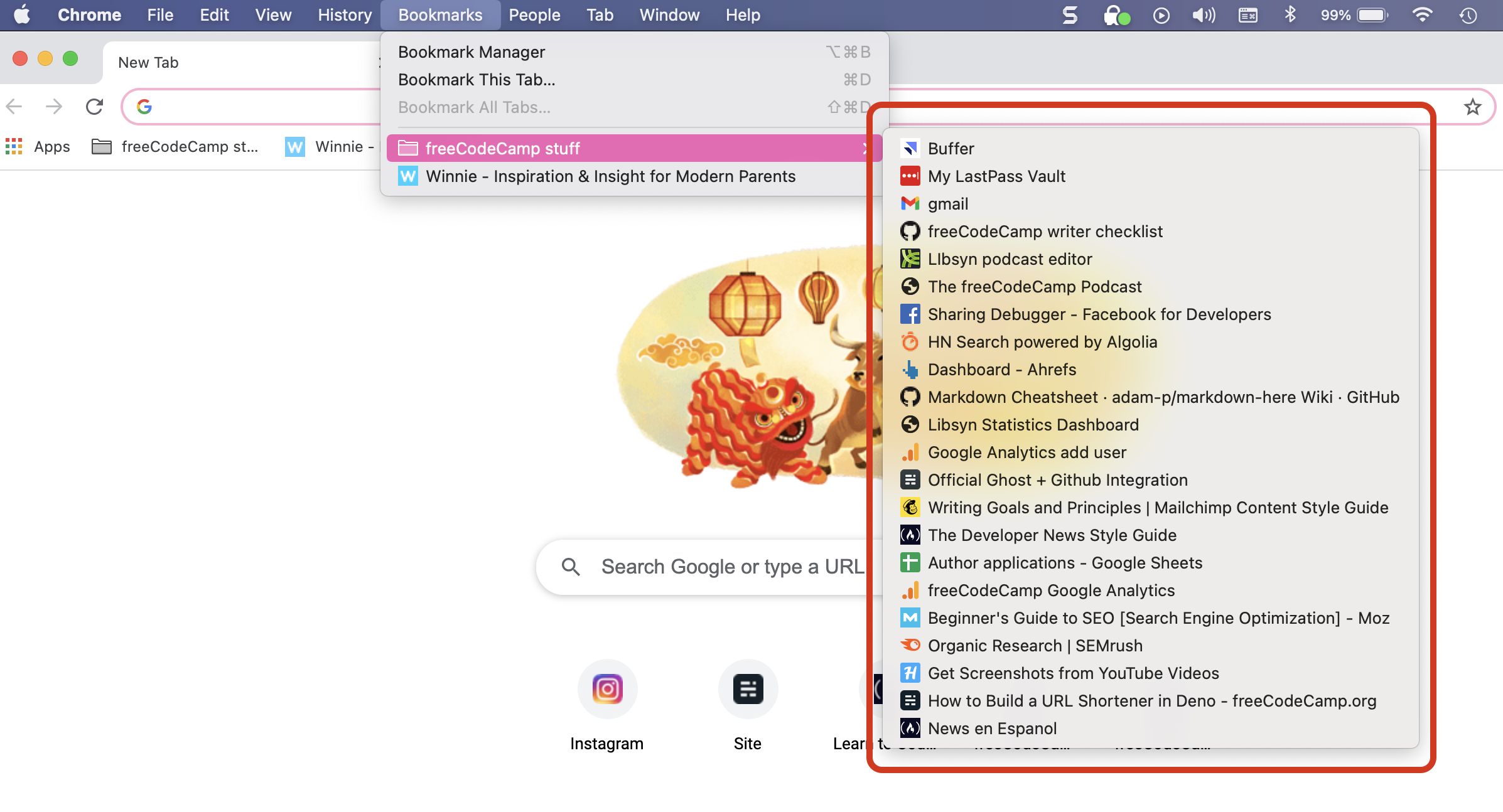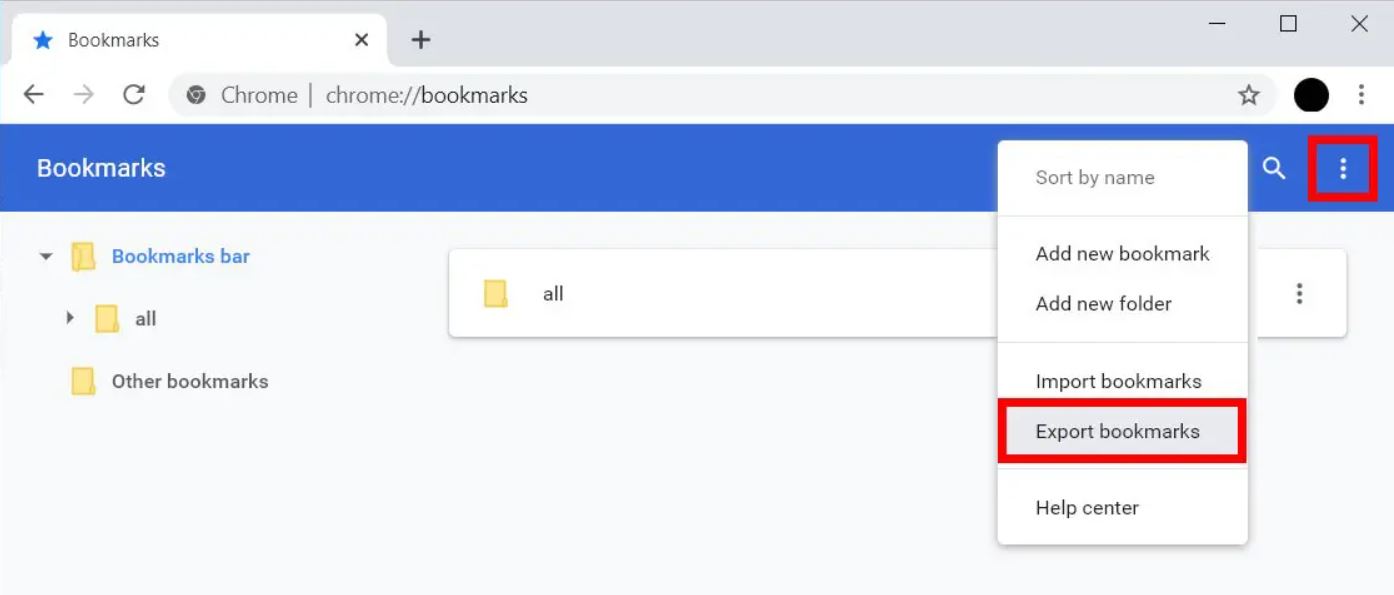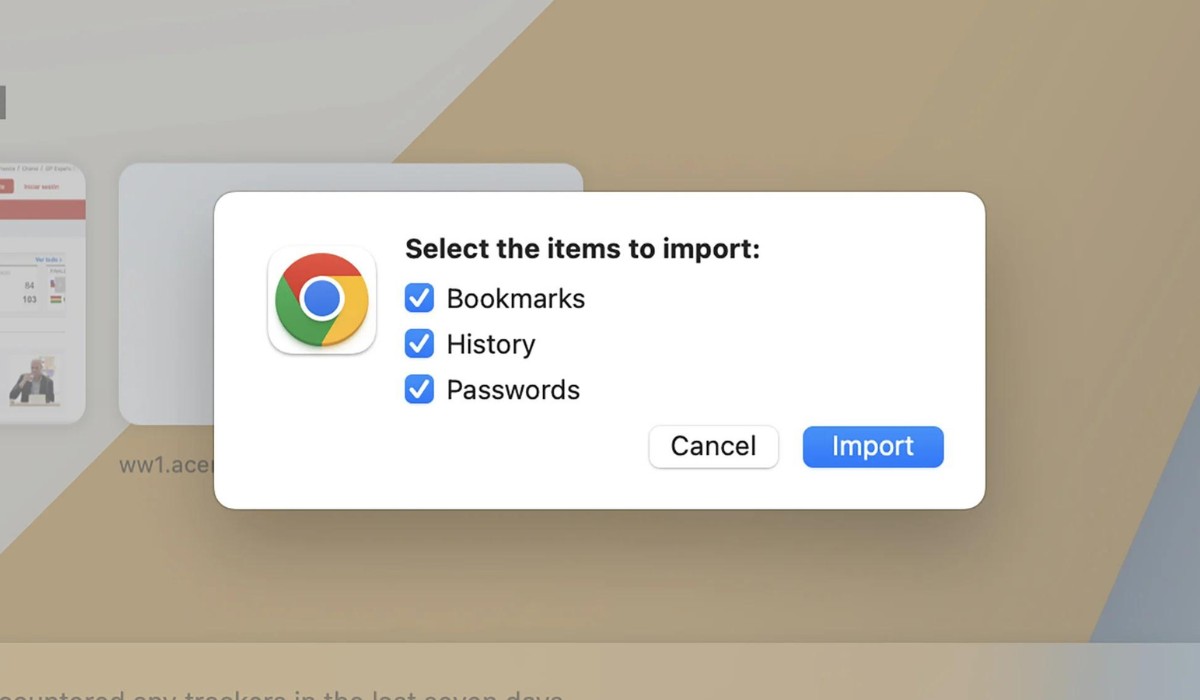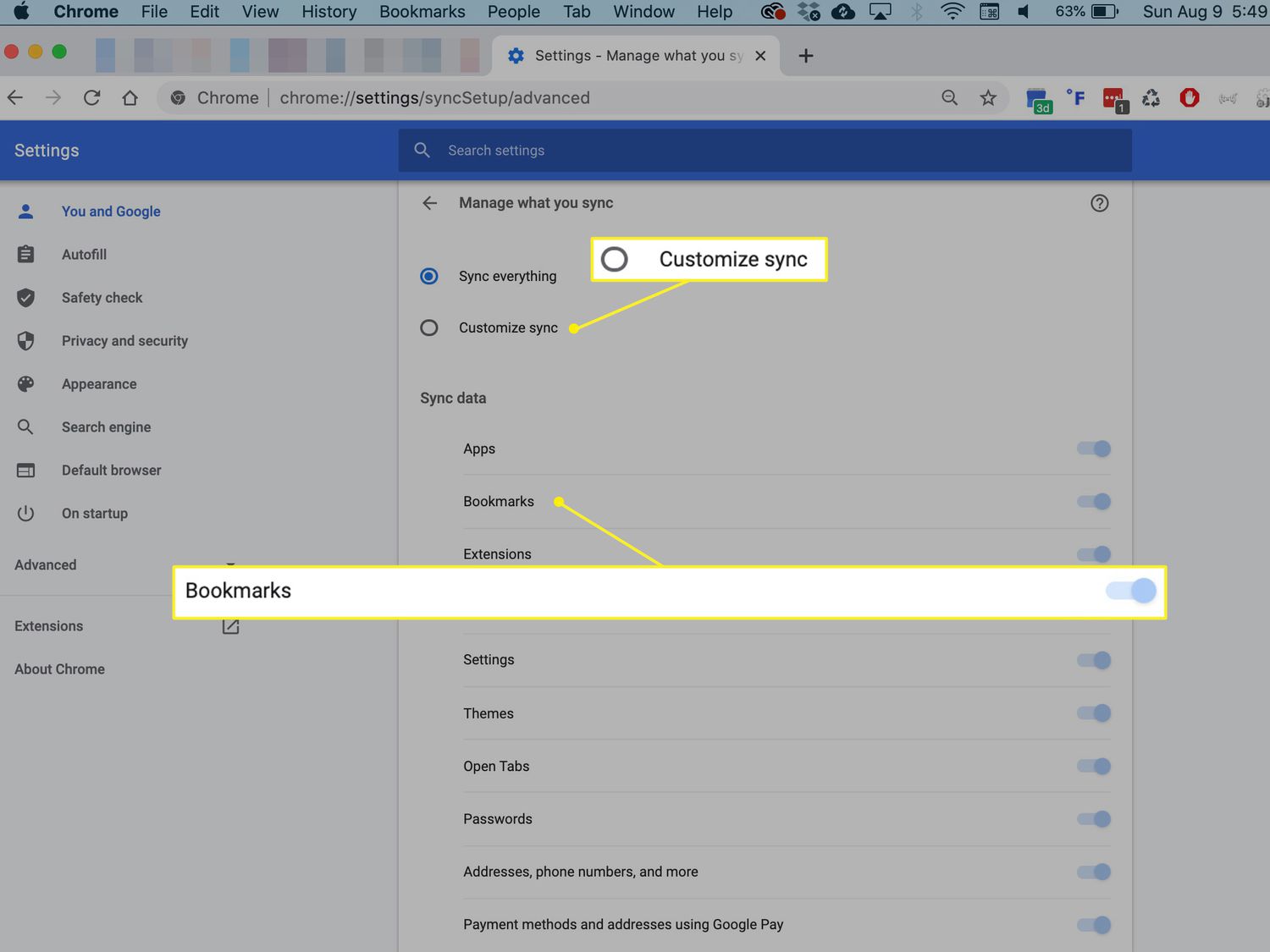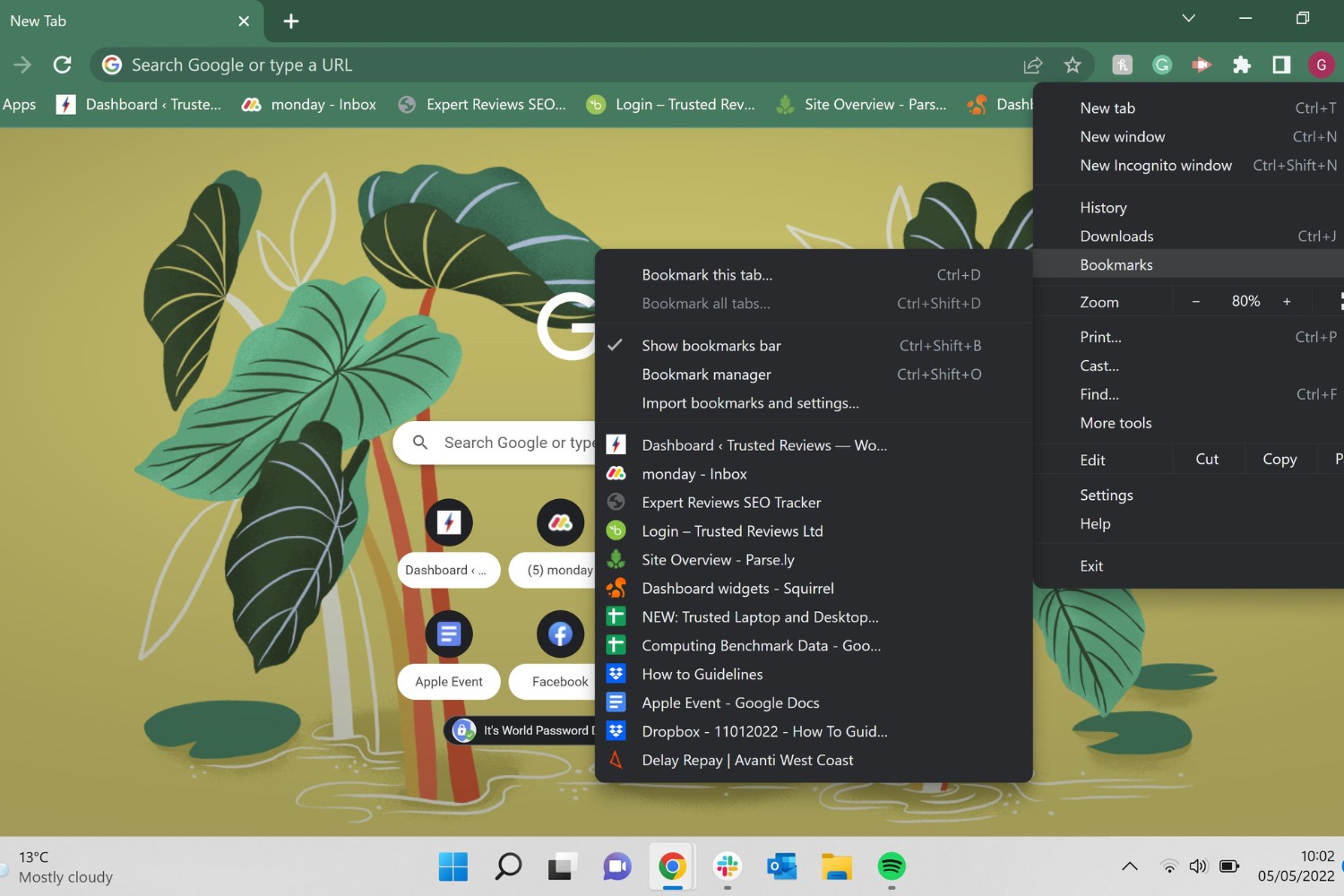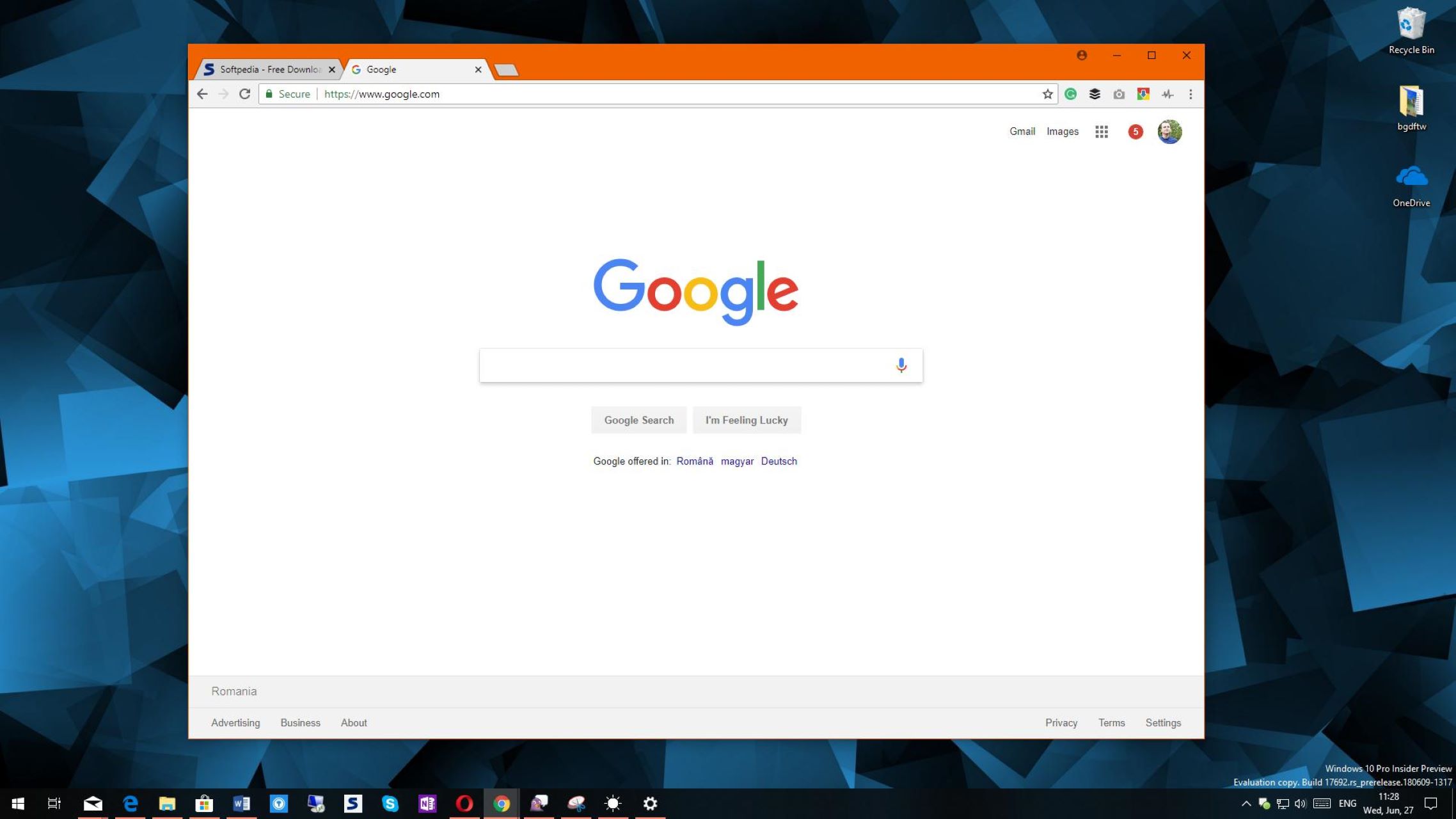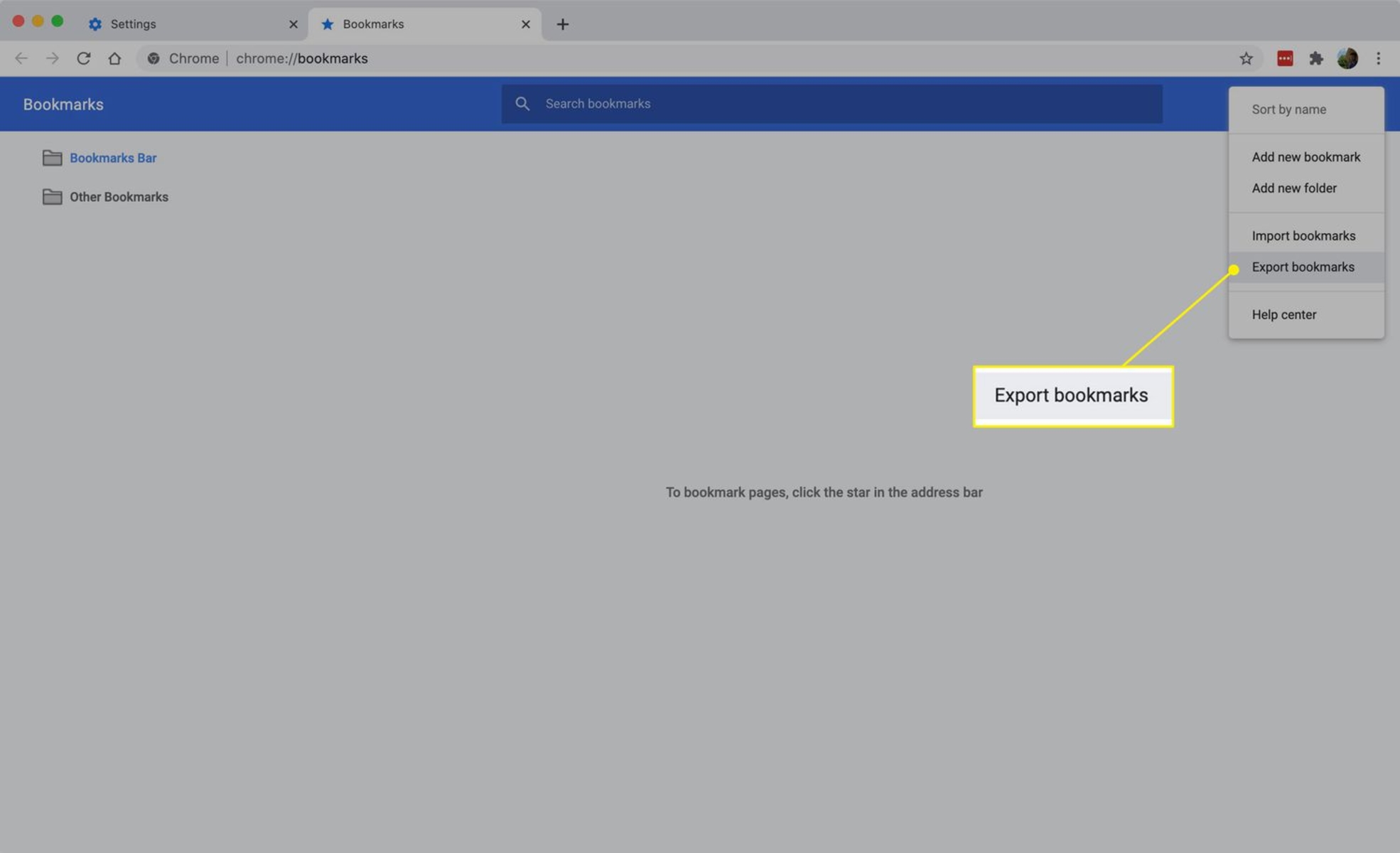Introduction
Backing up your bookmarks in Chrome is a crucial task to ensure that you don't lose access to your carefully curated collection of favorite websites and resources. Whether you're switching to a new device, performing a system upgrade, or simply seeking peace of mind, having a backup of your bookmarks can save you from the frustration of rebuilding your collection from scratch.
In this article, we'll explore three reliable methods to safeguard your Chrome bookmarks. Each method offers a straightforward approach to creating a backup, allowing you to choose the one that best suits your preferences and technical comfort level. By following these methods, you can rest assured that your bookmarks will remain safe and accessible, even in the face of unexpected events such as device malfunctions or data loss.
Let's dive into the step-by-step instructions for each method, empowering you to take control of your Chrome bookmarks and ensure their continued availability across various devices and browsing scenarios. Whether you're a casual internet user or a seasoned web enthusiast, the ability to back up and restore your bookmarks is a valuable skill that can save you time and frustration in the long run.
Method 1: Using Google Account to Sync Bookmarks
One of the most convenient and seamless ways to back up your Chrome bookmarks is by utilizing the synchronization feature offered through your Google account. This method not only ensures that your bookmarks are securely stored in the cloud but also enables you to access them across multiple devices, providing a seamless browsing experience.
To begin, ensure that you are signed in to Chrome with your Google account. This can be verified by clicking on the profile icon in the top-right corner of the browser window. Once signed in, your bookmarks will automatically sync with your Google account, allowing you to access them from any device where you are signed in with the same account.
The synchronization process is designed to be intuitive and hassle-free, requiring minimal user intervention. As you add, remove, or organize bookmarks on one device, the changes are automatically reflected across all devices linked to your Google account. This real-time synchronization not only serves as a backup mechanism but also streamlines the management of your bookmarks, ensuring consistency and accessibility across your digital ecosystem.
In the event of a device malfunction or the need to switch to a new device, simply signing in to Chrome with your Google account will prompt the automatic restoration of your synchronized bookmarks. This seamless transition eliminates the need for manual backup files or complex restoration procedures, offering a stress-free solution for preserving your bookmark collection.
Furthermore, the synchronization feature extends beyond bookmarks, encompassing various browsing data such as history, passwords, and settings. This comprehensive approach to data synchronization enhances the overall browsing experience, allowing you to seamlessly transition between devices without sacrificing your personalized browsing environment.
By leveraging your Google account to sync bookmarks, you not only safeguard your valuable collection of websites but also gain the convenience of accessing them from any device with internet connectivity. This method exemplifies the power of cloud-based synchronization, offering a reliable and user-friendly approach to backing up and accessing your Chrome bookmarks.
Method 2: Exporting Bookmarks as HTML File
Exporting your bookmarks as an HTML file provides a straightforward and versatile method to create a local backup of your Chrome bookmarks. This approach offers a tangible file that encapsulates your entire bookmark collection, allowing for easy storage, sharing, and restoration as needed.
To initiate the export process, start by opening the Chrome browser on your computer. Next, click on the three-dot menu icon located in the top-right corner of the browser window. From the dropdown menu, navigate to "Bookmarks" and then select "Bookmark manager." Alternatively, you can use the keyboard shortcut "Ctrl+Shift+O" (Windows/Linux) or "Command+Option+B" (Mac) to access the bookmark manager directly.
Within the bookmark manager, locate and click on the "More options" icon represented by three vertical dots, typically positioned in the upper-right area of the window. From the expanded menu, choose "Export bookmarks." This action prompts the browser to generate an HTML file containing all your bookmarks and initiate the download process.
Upon completion, the HTML file is saved to your computer, typically within the default download location specified by your browser settings. It is advisable to rename the file to a recognizable and memorable name, ensuring that it can be easily identified when needed for restoration or sharing purposes.
The exported HTML file serves as a comprehensive snapshot of your bookmark collection, preserving the folder structure and individual URLs. This self-contained file can be stored on external storage devices, such as USB drives or external hard drives, providing an offline backup that is independent of internet connectivity.
Furthermore, the HTML format offers versatility, allowing you to import the bookmarks into various web browsers, not limited to Chrome. This flexibility enables seamless migration of your bookmarks to alternative browsers or sharing them with others who may benefit from your curated collection of websites.
In the event of a system upgrade, device replacement, or unforeseen data loss, the exported HTML file serves as a reliable backup, empowering you to effortlessly restore your bookmarks to their original state within Chrome or import them into a different browser of your choice.
By exporting your bookmarks as an HTML file, you gain autonomy over the backup process, ensuring that your valuable bookmark collection remains accessible and preserved in a tangible and portable format. This method exemplifies the simplicity and effectiveness of creating a local backup, providing peace of mind and flexibility in managing your digital bookmarks.
Method 3: Using Chrome's Built-in Bookmark Manager
Chrome's built-in Bookmark Manager offers a convenient and user-friendly approach to backing up and managing your bookmark collection directly within the browser interface. This method provides a seamless way to organize, export, and import bookmarks, empowering users to maintain control over their digital resources with ease.
To access the Bookmark Manager, begin by opening the Chrome browser on your computer. Next, click on the three-dot menu icon located in the top-right corner of the browser window. From the dropdown menu, navigate to "Bookmarks" and then select "Bookmark manager." Alternatively, you can use the keyboard shortcut "Ctrl+Shift+O" (Windows/Linux) or "Command+Option+B" (Mac) to access the bookmark manager directly.
Once within the Bookmark Manager interface, you are presented with a comprehensive overview of your bookmark collection, including folders, individual bookmarks, and the option to create new folders or edit existing bookmarks. This intuitive interface allows for effortless organization and customization of your bookmarks, ensuring that they are neatly arranged and easily accessible.
One of the key features of Chrome's Bookmark Manager is the ability to export and import bookmarks directly from the interface. To export your bookmarks, click on the "More options" icon represented by three vertical dots, typically positioned in the upper-right area of the window. From the expanded menu, choose "Export bookmarks." This action triggers the generation of an HTML file containing your bookmarks, which can then be saved to your computer for backup purposes.
In addition to exporting bookmarks, the Bookmark Manager enables seamless importing of bookmarks from an HTML file. This functionality is particularly useful when restoring bookmarks from a previously exported file or when migrating bookmarks from another browser. By selecting the "Import bookmarks" option within the Bookmark Manager, you can effortlessly integrate external bookmark data into your Chrome browser, preserving the folder structure and individual URLs.
Furthermore, the Bookmark Manager allows for efficient management of duplicate bookmarks, streamlining the process of identifying and removing redundant entries within your collection. This feature contributes to maintaining a clean and organized bookmark library, enhancing the overall browsing experience and minimizing clutter within your bookmark hierarchy.
By leveraging Chrome's built-in Bookmark Manager, users can take advantage of a comprehensive set of tools for organizing, exporting, and importing bookmarks, all within a familiar and accessible interface. This method exemplifies the seamless integration of bookmark management capabilities directly within the browser, offering a convenient and efficient approach to safeguarding and maintaining your valuable collection of websites and resources.
Conclusion
In conclusion, safeguarding your Chrome bookmarks is a fundamental aspect of maintaining a personalized and efficient browsing experience. By exploring the three methods outlined in this article, you have gained valuable insights into the diverse approaches available for backing up and managing your bookmark collection.
The utilization of your Google account for bookmark synchronization offers a seamless and automated solution, ensuring that your bookmarks are securely stored in the cloud and readily accessible across multiple devices. This method not only serves as a backup mechanism but also streamlines the management of your bookmarks, providing a hassle-free experience for users who prioritize convenience and accessibility.
Exporting bookmarks as an HTML file presents a tangible and versatile backup solution, allowing for the creation of a self-contained snapshot of your entire bookmark collection. The portability and compatibility of the HTML format enable users to store their bookmarks offline and seamlessly import them into alternative web browsers, providing flexibility and autonomy in managing their digital resources.
Chrome's built-in Bookmark Manager emerges as a user-friendly and comprehensive tool for organizing, exporting, and importing bookmarks directly within the browser interface. This method empowers users to maintain control over their bookmark collection, offering intuitive features for customization, backup, and restoration, all within a familiar and accessible environment.
In essence, the ability to back up and manage your Chrome bookmarks is not only a practical necessity but also a means of preserving your digital preferences and streamlining your browsing activities. Whether you opt for cloud-based synchronization, local file export, or browser-integrated management, the overarching goal remains the same: to ensure the accessibility and preservation of your carefully curated collection of websites and resources.
By incorporating these backup methods into your browsing routine, you can navigate device transitions, system upgrades, and unexpected data loss scenarios with confidence, knowing that your bookmarks are safeguarded and easily recoverable. This proactive approach to bookmark management empowers you to maintain a consistent and personalized browsing environment, enhancing your overall online experience.
As you continue to explore the ever-expanding landscape of digital content and web resources, the ability to back up and manage your bookmarks will serve as a cornerstone of efficiency and personalization, allowing you to navigate the vast expanse of the internet with ease and confidence. Embrace these backup methods as essential tools in your digital arsenal, ensuring that your favorite websites and resources remain within reach, regardless of the challenges that may arise in your digital journey.









